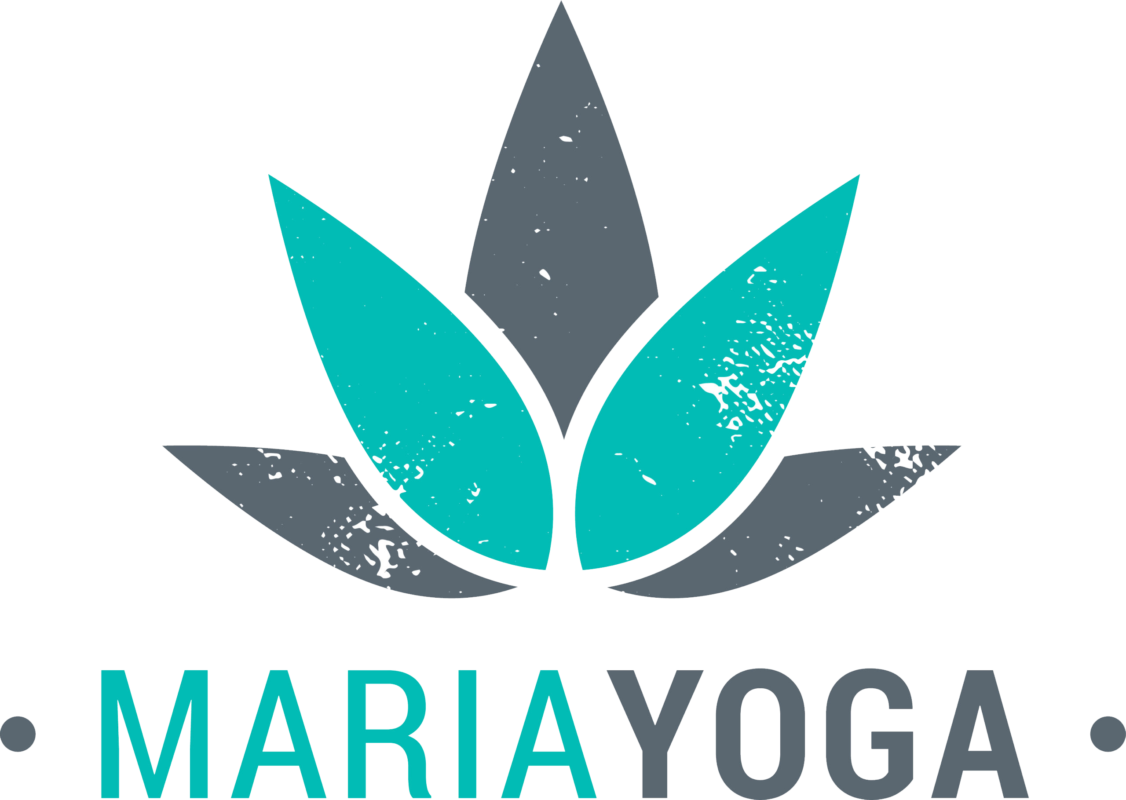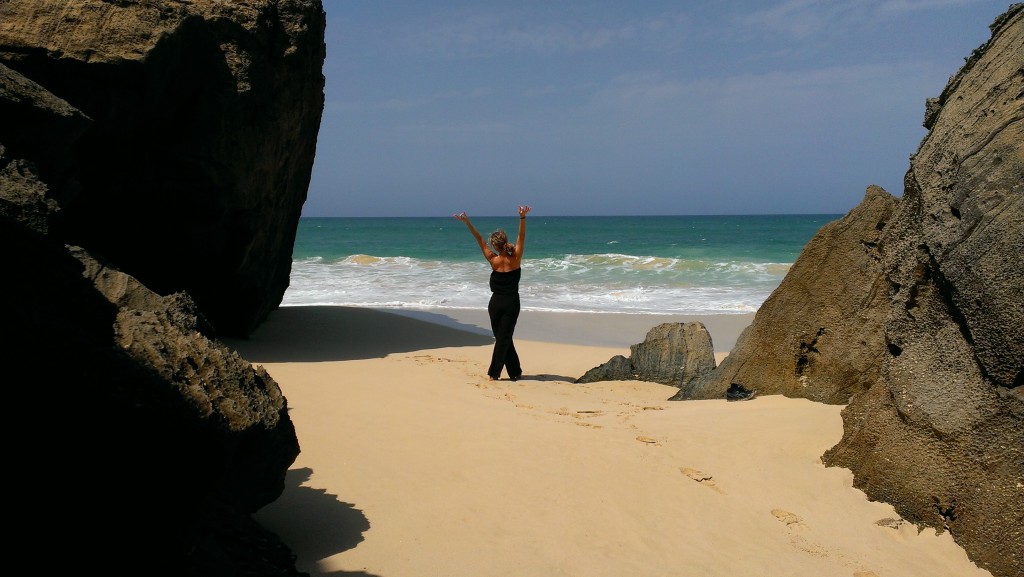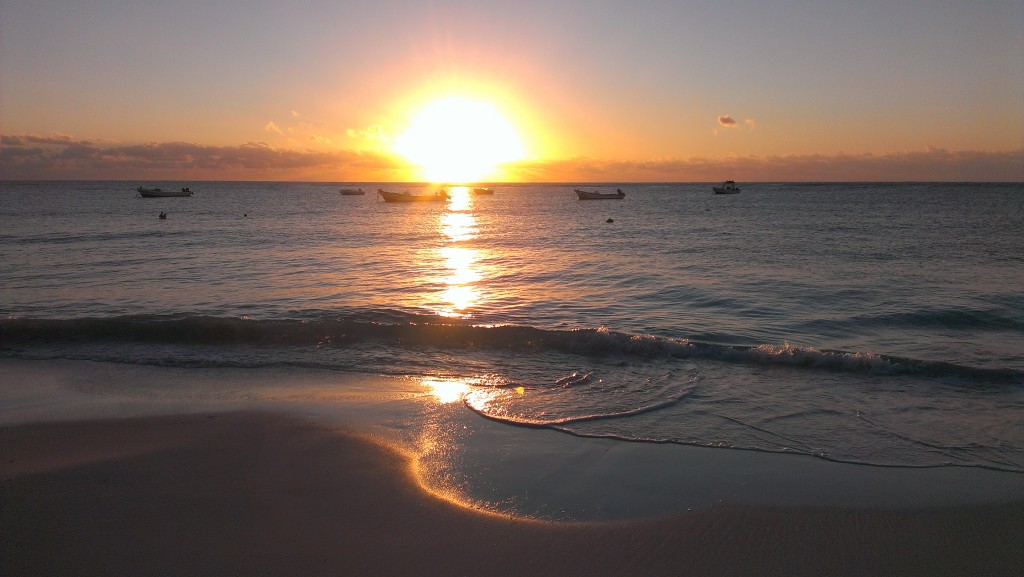Who does not want to feel healthy and begin their day feeling full of energy and vitality? Over time I have adapted my Dinacharya or Ayurveda daily routine to fit as many of the rituals below in as possible. It’s a great way to begin and end the day as Ayurveda is all about self […]
Category Archives: Uncategorized
An honest post on how I got into yoga (contains subjects around domestic violence) A tiny hut in Key West is where my yoga journey began. I remember my first class well – the tightness in my body, my arms shaking in downward facing dog and thinking how the teacher looked so graceful whilst I […]
This time of year can be especially difficult to keep the bugs at bay. It’s been so cold and wet recently I’ve felt my immune and lymphatic system has been pushed to it’s limits. If you’ve been feeling the strain then here are 5 handy immune boosting tips that I use to help restore some […]
Enjoy this free recording of the Mantra So Hum. This mantra can be used during your meditation or yoga practice as a way of quietening the mind. So Hum translates to I am that – I am that ultimate reality or ever pervading presence that exist within us all. Begin by chanting a few rounds out […]
Enjoy this Buddhist inspired meditation using the mantra Om Ah Hum for inner peace and calm. The mantra is chanted silently with each sound representing a different part of the breath. The sound Om is chanted in the inhale and held at the heart centre to cleanse our physical body. Ah is then for the […]
The Ganesh Mantra one of my favourite mantras and one I use for when I personally feel unsteady and in need of grounding. Ganesh is the god of beginnings and the remover of obstacles. We turn to Ganesh when we feel we need guidance on our path. Perhaps there’s a lot of change occurring in […]
3 Simple steps to a calmer life By Maria Kelly on 2nd May 2016 Step 1. Take a deep breath…. Breathing – it’s simple enough, we do it all the time and without much thought. This automatic breathing will get you through the day sure enough, however deep conscious breathing will lead you […]
Yoga Breathing to calm the mind Are you breathing properly? This may seem like a strange question to ask but it appears most of us are not. Of course you know how to breathe you’ve been doing it all your life. Breathing occurs to us naturally, even when we are not aware of it. So […]
Enjoy this Meditation during a stunning Mexican Sunrise.


